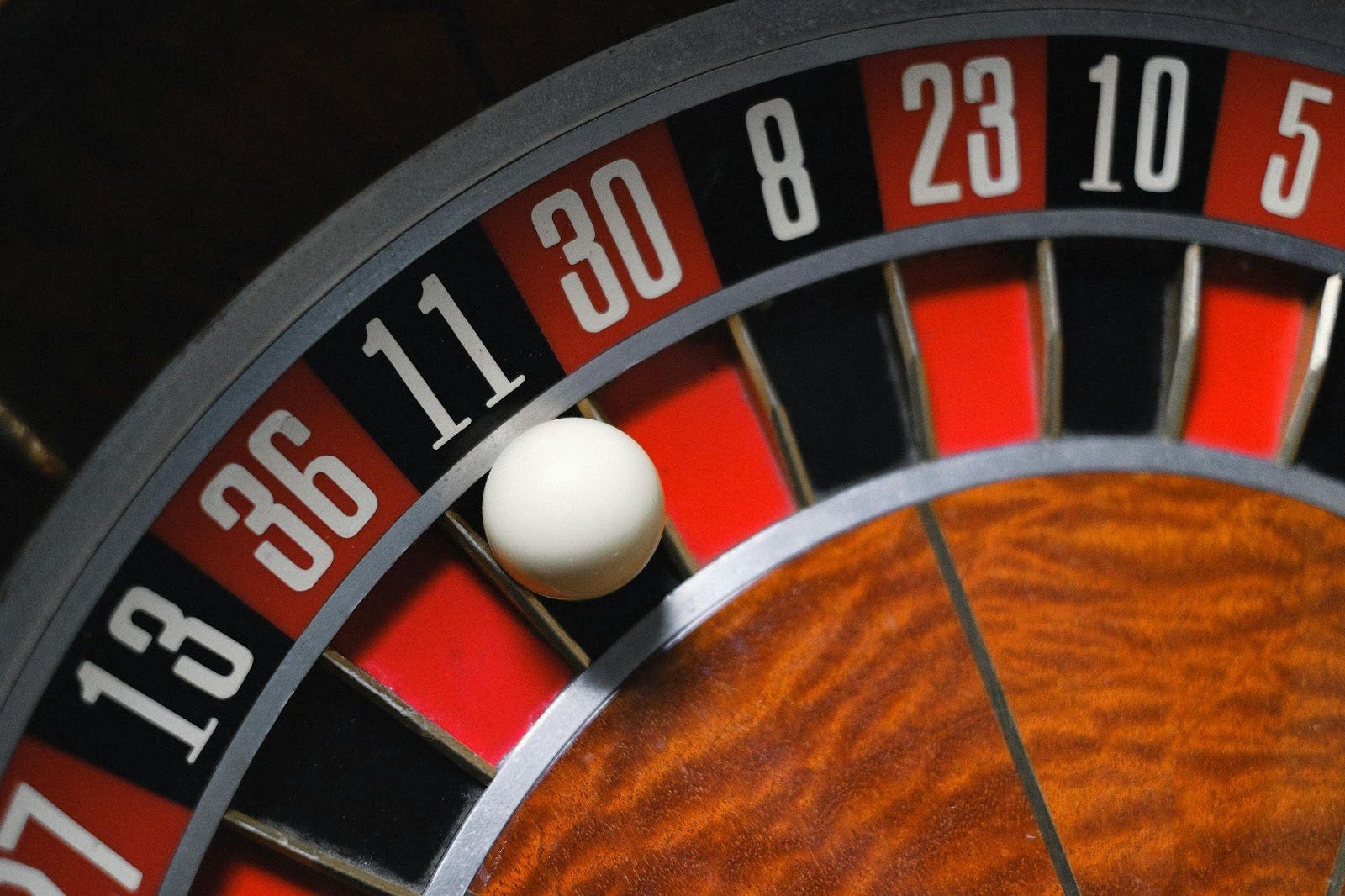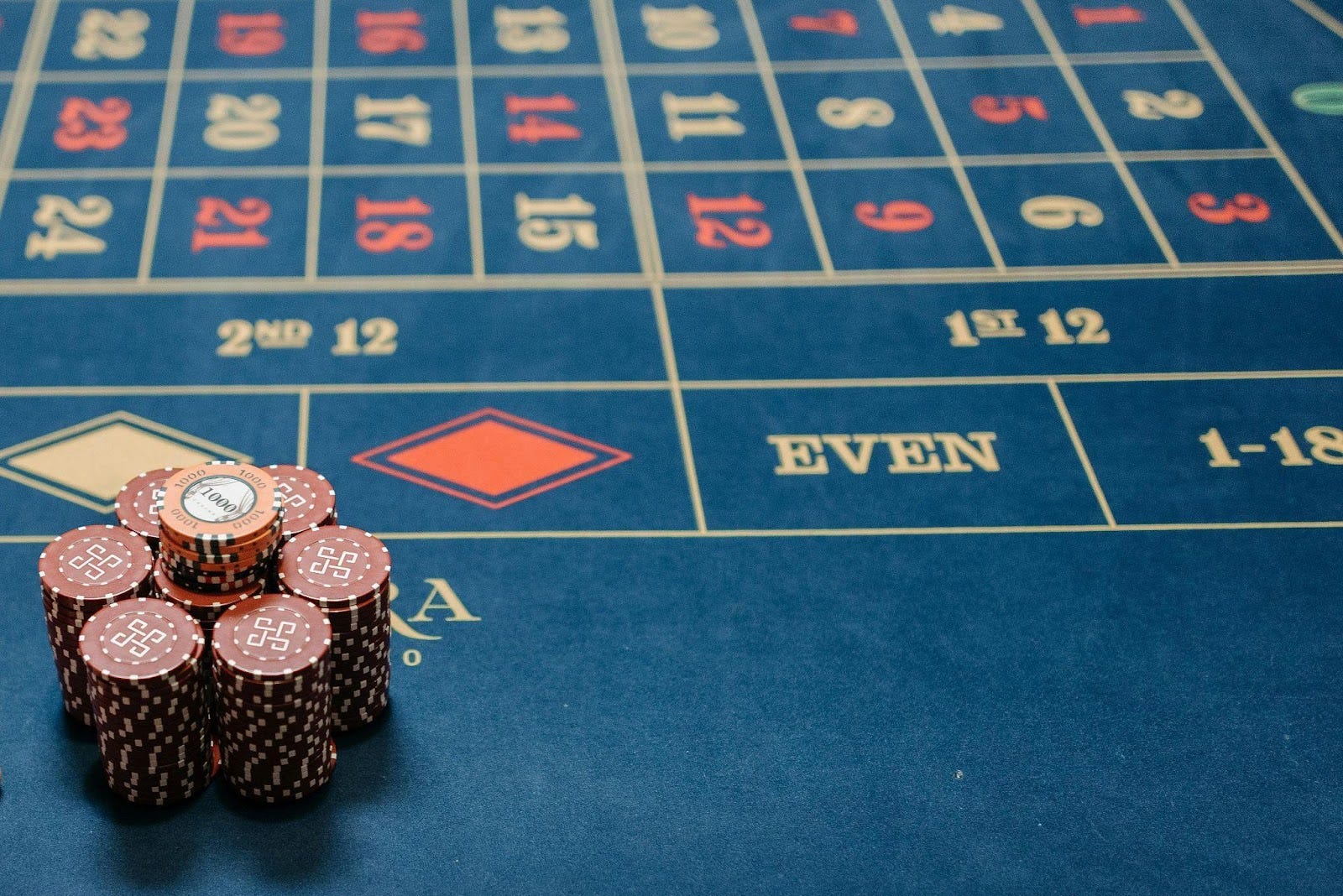Whether you're a fan of roulette and curious about how the game works behind the scenes or a student who loves a good challenge, learning to code a roulette game from scratch can be an enjoyable experience. Imagine building your very own version of one of the most iconic casino games and the excitement that comes with it. In this guide, we will help you with this project by walking you through every step.
Introduction to Roulette Game Development
Roulette is one of the most popular games in physical casinos, and this popularity has transferred to online casinos with its digital formats. You may have already tried playing roulette and other online casino games and want to make your own version. Creating a roulette game might initially seem complex, especially if you're unfamiliar with coding or a novice coder. However, if you break it down, it's a relatively simple game with just three main events: a spinning wheel with numbered slots, a ball that lands in one of those slots, and players placing various bets. The real challenge comes from translating these physical elements into code and making everything work seamlessly. Let's explore how to build a roulette game from scratch successfully.
Setting Up the Development Environment
The first step in creating a roulette game, or any game, starts with setting up your development environment. In this guide, we will use Python because of its simplicity. Here's how to get started:
- Visit the official website to download and install Phyton.
- Write your code using an Integrated Development Environment (IDE) such as PyCharm, Visual Studio Code, or a simple text editor like Sublime Text.
- Get familiar with libraries like random (to simulate the randomness of the roulette wheel) and basic input/output functions.
Once you finish preparing your environment, you can begin designing your game's components.
Designing the Roulette Wheel and Betting Table Layout
The roulette wheel is at the heart of the game, and designing it to reflect the physical wheel is vital. A typical European roulette wheel consists of 37 slots: the numbers 1 to 36, divided into red and black sections, and one green zero (0). The American version has an additional green double-zero (00). Here's how to simulate the wheel in Python:
import random
# Create the roulette wheel: 37 slots for European Roulette (one green 0, 18 red, and 18 black)
wheel = ['0']+['red'] * 18+ ['black'] * 18
random.shuffle (wheel)
This list simulates the wheel's layout, with the numbers and colors shuffled for each game round. For the American version, add '00' as an additional slot.
Next, you'll need to design the betting table. This is where players place their bets on numbers, colors, or other betting options (e.g., odd/even or first dozen). To make it interactive, you can represent the table layout in simple text format.
def display_betting_table():
print("Roulette Table: Place your bets on numbers or colors")
print("Red or Black?")
print("Enter a number between 1 and 36, or 'red/black' to bet on color")
This basic table setup can be expanded based on the types of bets you wish to allow in your game, such as straight-up bets (single number), color bets (red or black), and other advanced betting options.
Implementing the Roulette Game Mechanics
Once the wheel and betting table are designed, it's time to code the game's core mechanics. A typical round of roulette involves spinning the wheel, determining the result, and then calculating the outcome based on the player's bet.
The most crucial mechanic here is simulating the spin of the roulette wheel. You'll use random number generation to select a result. Let's simulate the wheel spin:
def spin_wheel():
return random.choice(wheel) # Choose a random element from the wheel list
Now, you need to determine if the player's bet was correct. For instance, if the player bets on "red," and the ball lands on a red number, they win. Here's a simple function to check the result of a color bet:
def check_color_bet(bet, result):
if bet == result:
return True
return False
Coding Different Betting Options
There are a variety of betting options in roulette with differing payouts. For example, betting on a single number pays 35:1 while betting on red or black pays 1:1. Let's go over how to implement these options with simple conditional statements:
def place_bet():
print("Enter your bet type (number/color): ") bet_type=input()
if bet_type == "number":
print("Enter a number between 1 and 36: ") bet_value = int(input())
return bet_type, bet_value
elif bet_type == "color":
print("Choose 'red' or 'black': ")
bet_value = input()
return bet_type, bet_value
else:
print("Invalid bet type. Please try again.")
return place_bet()
For the payouts, you can use conditional logic based on the type of bet:
def calculate_payout(bet_type, bet_value, result): if bet_type == "number" and bet_value == result: return 35 # Straight-up bet payout
if bet_type == "color" and bet_value == result: return 1 # Color bet payout
else:
return 0 # No payout
Testing and Debugging Your Roulette Game
Testing and debugging are essential aspects of programming, and you should do it continuously throughout the coding process. Waiting until your code is "finished" before testing can lead to frustration if the game doesn't work correctly. Here are some tests you can make while creating a roulette game from scratch:
- Double-check that your payout logic accurately reflects the rules of roulette.
- Make sure your random number generator isn't biased by testing it extensively.
- Ensure that prompts, user inputs, and game interactions are intuitive and straightforward.
Many coders use print statements or logging to catch bugs and understand the behavior of the program they are coding. You can get the help of these tools to identify where things might be going wrong.
How To Get Help
If you run into problems or feel stuck, feel free to seek help. There are plenty of online resources where you can get advice:
- Search coding forums like Github for guidance and answers to your questions about debugging or coding issues.
- Review similar projects on GitHub repositories to find examples and see how other developers handle common challenges.
- Ask questions on subreddits like r/learnprogramming or r/gamedev to get community-driven advice and feedback from other coders working on similar projects.
Ready To Spin the Wheel?
You've now learned how to code a basic roulette game from scratch and have the skills to create your own game with some effort. While this guide only scratches the surface, there are plenty of ways to enhance your game by adding more betting options, improving the user interface, or even building a graphical version. Now, you're ready to spin the wheel and dive deeper into the world of game development. Happy coding!



